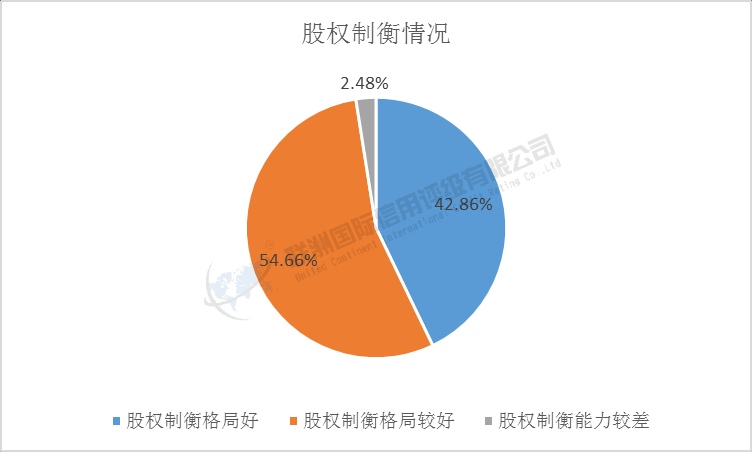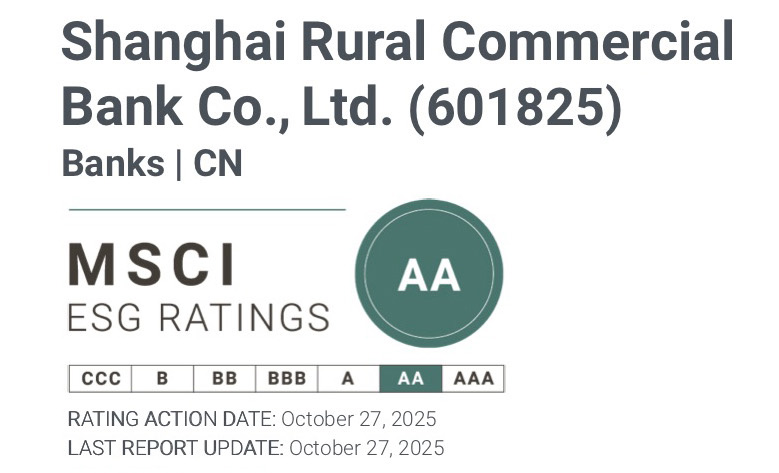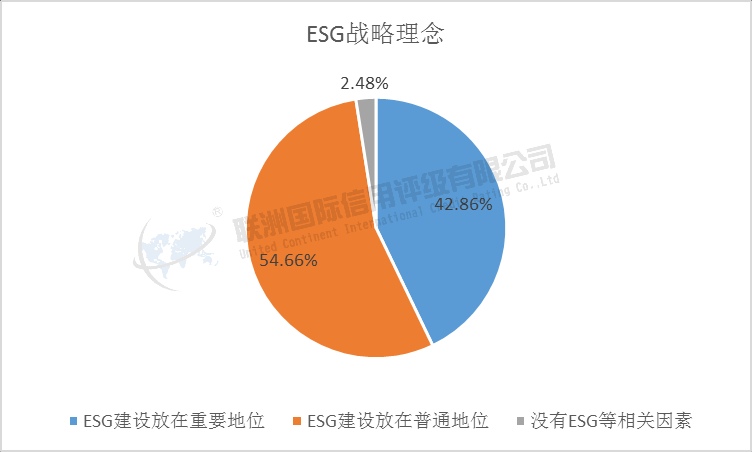首次发布!中国有色金属行业ESG信息披露标准发布实施
#ESG评级#近日,中国有色金属工业协会正式批准并公开发布了T/CNIA0246-2024《有色金属企业环境、社会及治理(ESG)信息披露指南》(以下简称《指南》),该标准将于2024年9月1日起正式实施。这是中国有色金属行业的第一份ESG信息披露标准,标志着该行业在可持续发展道路上迈出了重要一步。
标准背景
"绿水青山就是金山银山"。习近平总书记在党的二十大报告中指出,推动绿色发展,促进人与自然和谐共生。尊重自然、顺应自然、保护自然,是全面建设社会主义现代化国家的内在要求。随着"双碳"目标的推进,践行可持续发展之路,加快绿色转型升级,成为企业高质量发展必选项,企业在环境、社会及治理(ESG)方面的信息披露变得尤为重要。此次发布的《指南》由中国有色金属环境、社会及治理研究中心、有色金属技术经济研究院牵头,联合行业在可持续信息披露领域的重点企业、相关组织共同编制。旨在规范有色金属企业的ESG信息披露行为,提高行业透明度和责任意识,推动行业可持续发展。
主要内容
1.信息披露目标和原则
《指南》明确了ESG信息披露的目标,即通过透明的信息披露,提高企业在环境保护、社会责任和治理方面的绩效。同时,强调信息披露应遵循重要性、可信性、及时性、可理解性和可比性等原则。
2.信息披露基础
《指南》对重要可持续议题的选定提供了详细的指导,要求企业在制定ESG信息披露内容时,结合自身实际,科学选定可持续议题,制定切实可行的可持续发展规划。综合国内外先进标准,《指南》以风险管理理念为核心,制定了"治理--评估--规划"一体化的议题选定流程,以便企业将企业风险管理与ESG信息披露结合起来,实现可持续发展治理与企业战略规划的一致性,节约资源和时间成本,保证信息披露质量
3.信息披露做法和质量
《指南》对ESG定期报告的披露提出了要求,包括报告结构、范围、议题选定和关键绩效指标等。在定量和定性数据管理方面,《指南》提供了详细指导,要求企业不仅披露定量数据,如排放量、资源消耗量等,还应披露定性数据,如管理措施、政策执行情况等,以全面反映企业在ESG方面的表现。《指南》对数据管理和质量作出了详细规定,确保披露数据的完整性、准确性和可追溯性。
4.信息披露管理
为保证信息披露的持续改进,《指南》提出了信息披露修正和意见反馈机制,鼓励企业根据实际情况不断完善ESG信息披露工作。由于ESG信息壁垒较高、定性描述较多的特点,传统意义上针对数据的审计鉴证不足以为ESG信息披露提供全面的可信度支撑。因此,除了交易所指引推荐的审计鉴证之外,《指南》还开创性地提出了专家论证和底稿留存作为可信度提升的手段。
实施意义
《指南》的发布和实施,不仅为有色金属企业提供了具体的ESG信息披露操作指引,也为行业可持续发展信息披露体系建设打下了扎实的基础。通过规范化的信息披露,有助于提高企业的信息透明度和社会责任感,增强利益相关方的了解和信任,为行业的可持续发展提供有力支持。
在全球市场环境日益复杂的背景下,通过合规的ESG信息披露,有色金属企业可以更好地满足国际市场和国内政策的要求,提高国际竞争力和市场接受度,为企业的全球业务拓展奠定坚实基础。
未来,随着《指南》的逐步实施和推广,有色金属行业在环境保护、社会责任和企业治理方面的表现将进一步提升,为建设资源节约型、环境友好型社会,实现绿色、可持续发展作出积极贡献。
Inaugural Launch! ESG Information Disclosure Guideline for Chinese Nonferrous Metals Industry is now in effect.
Recently, China Nonferrous Metals Industry Association (CNIA) has formally approved and publicly launched T/CNIA 0246-2024 Environmental, Social and Governance (ESG) Disclosure Guideline for Nonferrous Metals Enterprises (referred to as the "Guideline"). The Guideline will be formally implemented from September 1st, 2024 onwards. This is a pivotal moment for China's nonferrous metals industry. The introduction of this ESG disclosure guideline marks a crucial step in the pathways toward sustainable development.
Background:
"Lucid waters and lush mountains are invaluable assets." President Xi Jinping made it clear in the report of the 20th Party Congress that green development and harmonious coexistence between human beings and nature must be promoted. Respecting, adapting to, and protecting nature are intrinsic requirements for building a modern socialist country. To advance the carbon peak and carbon neutrality goal and develop in a high-quality manner, enterprises must practice sustainable development and accelerate green transformation and upgrading. It is therefore crucial for them to disclose environmental, social, and governance (ESG) information. The Guideline is the output of joint efforts by the China Nonferrous Metals ESG Research Center and the Nonferrous Metals Technology and Economy Research Institute, with input from leading enterprises and relevant organizations in the industry. This Guideline will standardize ESG disclosure behavior among nonferrous metal enterprises, improve transparency and responsibility awareness within the industry, and promote sustainable development.
1. Objectives and Principles of ESG Information Disclosure
The Guideline clearly states the objective of ESG information disclosure: to improve the performance of enterprises in environmental protection, social responsibility, and governance through transparent information disclosure. Information disclosure must adhere to the principles of materiality, credibility, timeliness, understandability, and comparability.
2. Basis of ESG Information Disclosure
Enterprises are expected to consider their reality when formulating the content of ESG disclosure, scientifically select sustainability topics, and formulate practicable sustainable development plans. The Guideline provides detailed guidance on this. The Guideline comprehensively integrates advanced standards from home and abroad, taking risk management concepts as the core and formulating an integrated process of "governance - assessment - planning" for selecting issues. This enables enterprises to integrate corporate risk management with ESG disclosure. The Guideline has developed an integrated "governance - assessment - planning" mechanism centered on the concept of risk management. This process enables enterprises to combine enterprise risk management with ESG information disclosure, aligning sustainability governance with enterprise strategic planning. It also saves resources and time costs, while ensuring the quality of information disclosure.
3. Requirements on ESG Reports
These include the structure, scope, topic selection, and KPIs that must be included. The Guideline provides detailed guidance on quantitative and qualitative data management. Companies must disclose quantitative data, such as emissions and resource consumption, and qualitative data, such as management measures and policy implementation. This ensures a comprehensive reflection of the company's ESG performance. The Guideline provides comprehensive guidance on data management and quality assurance to guarantee the completeness, accuracy, and traceability of disclosed data.
4. Data and Information Management
The Guideline proposes a mechanism for amendments to information disclosure and feedback to ensure continuous improvement. Enterprises must continuously improve their ESG information disclosure work according to the actual situation. Given the unique nature of ESG information and its qualitative descriptions, traditional audit assurance is inadequate for providing comprehensive credibility support for ESG information disclosure. The Guideline therefore goes beyond the audit assurance recommended by the Exchange Guideline. They also pioneered the introduction of expert verification and retention of drafts as a means of enhancing credibility.
Utmost Significance of the Guideline
The Guideline provides nonferrous metals enterprises with a concrete operational framework for ESG information disclosure, establishing a solid foundation for the industry's sustainability reporting system. Standardizing disclosure enhances enterprise transparency and social responsibility, builds stakeholder understanding and trust, and strongly supports the industry's sustainable development.
Against the backdrop of an increasingly complex global market environment, through compliant ESG disclosure, nonferrous metals enterprises can better meet the requirements of the international market and domestic policies, improve international competitiveness and market acceptance, and lay a solid foundation for their global business expansion.
In the future, with the gradual implementation and promotion of the Guideline, the performance of the nonferrous metals industry in environmental protection, social responsibility, and corporate governance will be further enhanced, making positive contributions to the construction of a resource-efficient and environmentally friendly society and the realization of sustainable development.

交易商排行
更多- 监管中EXNESS10-15年 | 英国监管 | 塞浦路斯监管 | 南非监管89.22
- 监管中VSTAR塞浦路斯监管| 直通牌照(STP)80.00
- 监管中FXTM 富拓10-15年 |塞浦路斯监管 | 英国监管 | 毛里求斯监管85.21
- 监管中axi15-20年 | 澳大利亚监管 | 英国监管 | 新西兰监管85.00
- 监管中GoldenGroup高地集团澳大利亚| 5-10年85.87
- 监管中Moneta Markets亿汇澳大利亚| 2-5年| 零售外汇牌照75.97
- 监管中GTCFX10-15年 | 阿联酋监管 | 毛里求斯监管 | 瓦努阿图监管63.65
- 监管中IC Markets10-15年 | 澳大利亚监管 | 塞浦路斯监管91.81
- 监管中markets4you毛里求斯监管| 零售外汇牌照| 主标MT4| 全球展业|82.31
- 监管中CPT Markets Limited5-10年 | 英国监管 | 伯利兹监管92.61







